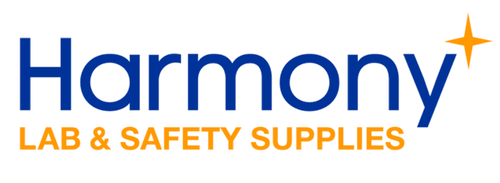Understanding the Importance of Cleanroom Apparel
Cleanroom apparel plays a crucial role in maintaining air quality in a cleanroom, ensuring that the room meets the specific requirements for which it has been designed and certified.

Defining Cleanroom Apparel
Cleanroom apparel refers to the specific clothing designed for use by personnel inside cleanrooms. These critical environments require special materials to minimize pollution from materials, including dust, microbes, vapors, and aerosol particles.
Key Components of Cleanroom Apparel
Cleanroom apparel ranges from special shoes designed to prevent dust tracking to full-body suits, depending on the level of cleanliness required.
In most scenarios, the required apparel comprises a cleanroom suit that covers the worker from head to toe.
A worker may opt for a combination of garments such as a disposable shirt, pants, boot covers, gloves, and a face mask.
Material and Design of Cleanroom Apparel
The material used for cleanroom apparel is designed to limit particle dispersion from an employee into the environment.
Although the materials used may effectively reduce contamination, they may not be comfortable. Some critical environments utilize reusable apparel, such as washable cleanroom lab coats that are more comfortable than alternatives.
Mandatory break periods should be implemented to ensure workers don’t overheat and get adequate time to stay hydrated.
Guidelines for Cleanroom Apparel Selection
Selecting the right cleanroom apparel is crucial as the clothing worn in a cleanroom contributes significantly to maintaining the cleanliness of the environment. The apparel should cover normal clothing, exposed skin, and hair and be compatible with the allowed particle shed levels of the cleanroom.
Cleanroom Classifications and Apparel
Cleanrooms are categorized by their cleanliness level, with the most common levels being ISO4 Class 10, ISO5 Class 100, ISO6 Class 1000, ISO7 Class 10,000, and ISO8 Class 100,000. Different industries require different cleanliness and sterility levels, dictating the type of apparel worn.
Cleanroom Apparel for Different ISO Classes
The type of apparel to be worn varies with the ISO class of the cleanroom. For example, ISO8 or Class 100,000 cleanrooms, which are the least strict, may require a bouffant cap, frock or lab coat, shoe cover, face mask, and gloves. On the other hand, the strictest or ISO3 Class 1 cleanrooms require complete body coverage, including a hood, bouffant cap, coverall, intersect under coverall, boot covers, goggles, face mask, and gloves.
Choosing Between Disposable and Washable Cleanroom Clothing
Cleanroom clothing can either be washable or disposable. Washable clothing is laundered specially to remove dirt and disinfect it without degrading the material. On the other hand, high-class cleanrooms often opt for disposable clothing as it is the safest and most cost-effective choice. A combination of washable and reusable clothing is also common in many cleanrooms.
How to Choose Cleanroom Clothing
When choosing cleanroom supplies and clothing, considerations include the material (woven or non-woven, flame-resistant, biohazard-resistant), hazardous risk protection, quantity, size, and whether the clothing is disposable or washable.
In conclusion, cleanroom apparel is vital in controlling contamination in cleanrooms. It is essential to select the appropriate apparel based on the specific requirements of the cleanroom to maintain a controlled and safe environment.
